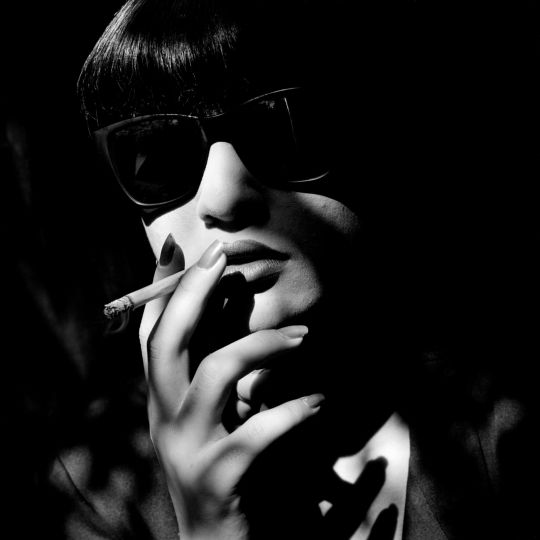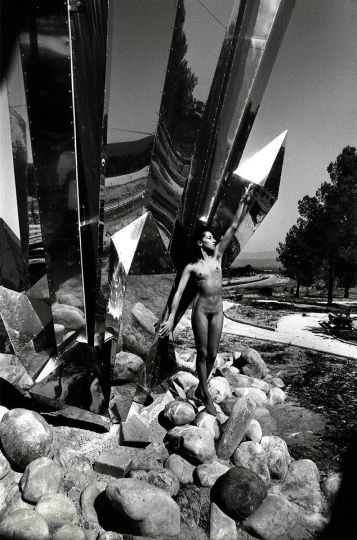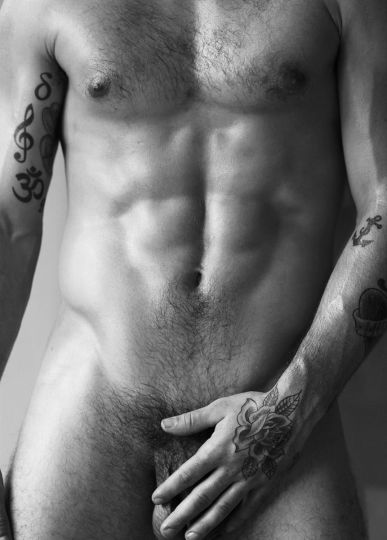Born in 1909, Pierre Jahan is part of a generation of photography pioneers who no longer considered photography as a scientific or technical practice, but as an art in its own right. He died in 2003, Pierre Jahan life spans the century. He joined Henri Cartier-Bresson, Man Ray, Lee Miller, Robert Doisneau, or Alfred Stieglitz on the other side of the Atlantic in the quest for recognition of photography, with its own visual and expressive possibilities.
However, Pierre Jahan remains a protean and unclassifiable personality of this generation, never claiming dogma, always preferring to keep his freedom. He was introduced to photography very early on, “as soon as I was able to hold a camera, that’s when I wanted to make images”. Pierre Jahan’s photographs oscillate between realistic shots and experimentation. He had the rare talent of being able to slip lightly between the sometimes disparate worlds of photojournalism, advertising, humanist photography and even surrealist fantasy. Nevertheless, Jahan’s photographic vocabulary always shows a sense of poetic wonder of the world, in his shots of Paris at night, or in his sensitive nudes created to illustrate Plain-Chant, the collection of poems by Jean Cocteau.
Having settled permanently in Paris in 1933, Jahan became fascinated by the city he discovered: “I have always loved the night… but how different from my moonlight on the Loire were the lights of the city! A nighttime Paris as lively as daytime Paris. In 1933, almost the entire city was made of stone, the stone which, day and night, knows how to reflect light so well.”
He joined photographers like Brassaï, Doisneau and Cartier-Bresson in the quest to show Paris differently, in all its facets. Two meetings became founding for Jahan at this time: that of Raymond Gid, director of an advertising workshop, and Emmanuel Sougez, with whom he founded the Rectangle group, a photographic group for the distribution and defense of photography. Throughout his life, Jahan actively participated in the defense of photographic practice, through associations such as Rectangle, the Group of XV, but also through his active involvement in unions such as the ANPPM or the FAPC.
Pierre Jahan met Jean Cocteau in 1941, during a photographic reportage on the writers of the Palais-Royal. It was the beginning of a long friendship and artistically fruitful collaborations. In 1946, the two published La Mort et les statues, a poetic reportage on the destruction of statues under the Vichy regime. In 1947, Jahan illustrated the poems of Plain-Chant, even if the book did not find a publisher until later. Jahan’s strength as a photographer was to illustrate a collection of love poems with sensuality and eroticism, while escaping a voyeuristic gaze. If the beginnings of the nude in photography often tended towards pornography, for Plain-Chant, Pierre Jahan escaped this pitfall, giving a sensual and sensitive vision. Delving into the intimacy of a couple. “Before each photo, I read them the text I wanted to illustrate” states the artist. As early as 1949, Marcel Natkin described these photographs as “ poetic nude”.
It was through Jean Cocteau that Pierre Jahan discovered, in a certain way, surrealism. In 1938, he already attended the first International Surrealist Exhibition. It is true that the artist never signed a surrealist manifesto, nor exhibited in their group exhibitions, unlike Dora Maar or Claude Cahun. Nevertheless, Pierre Jahan developed his own vision of surrealism. It is a vision based less on the sometimes cruel visual games of movement, but on a playful and poetic conception. He shared with Cocteau the fascination for the figure of the angel.
“Surrealism… takes great advantage of equivocation and lends itself to a number of transpositions” said André Breton. I think that the photographer who suggests, describes or finds so much (if he has the duty never to falsify) also has the right to use his photos as material capable of generating the Dream. Surrealism is often derisory or cruel, why couldn’t it be kind and poetic?” asked Pierre Jahan.
At the end of January, surrealist photos by Pierre Jahan will be exhibited in Brussels, by Galerie Cazeau during BRAFA (January 28 to February 4, 2024) and at Galerie Victor Le Fell during the Photo Brussels Festival (January 25 to February 25, 2024).
Find Jahan photos and news on www.pierre-jahan.com and on Instagram pierre_jahan_officiel
















